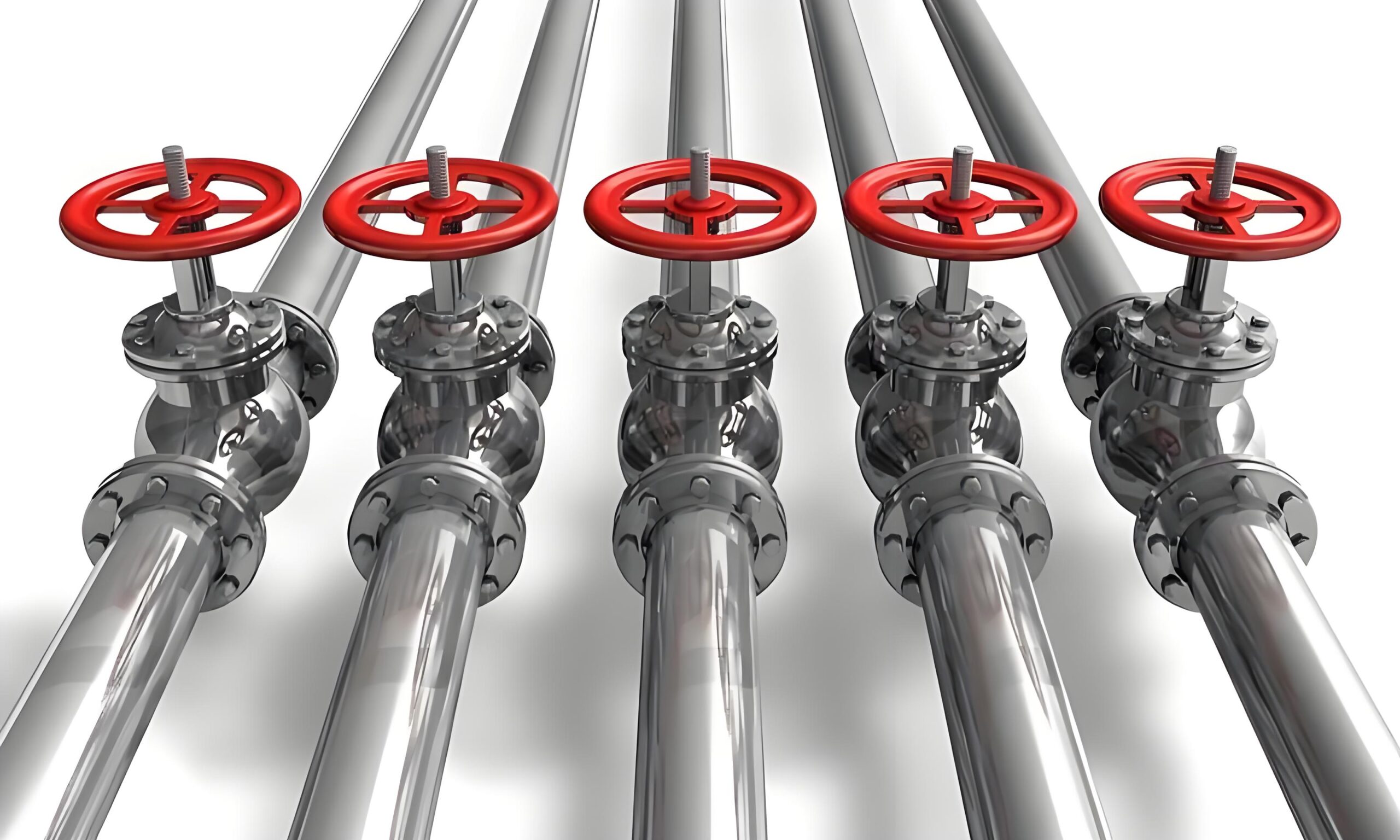Valve castings are prone to what defects? During metal casting and machining, a variety of defects can occur that not only affect the appearance of the product, but more critically, weaken its mechanical properties and structural integrity. Below are some common metal casting defects and their explanations to help you better understand and detect these problems.
Porosity
Porosities are small cavities formed by gases that the metal fails to expel during solidification. These small cavities have smooth inner walls, contain gas inside, and are highly reflective of ultrasonic waves. However, because they are usually spherical or ellipsoidal, i.e. point defects, they affect their reflected wave amplitude. After forging or rolling, the pores in the ingot are flattened into area-type defects, which are more easily detected by ultrasonic testing.
Shrinkage and Looseness
When a casting or ingot is cooled and solidified, due to volume contraction, the last solidified portion of the casting or ingot is not replenished by the liquid metal and forms a cavity-like defect. These cavities are called shrinkage holes if they are large and concentrated, or sparsity if they are small and scattered. They are usually located in the center region of the casting or ingot, have a rough inner wall, and are often surrounded by impurities and tiny air holes. Shrinkage holes are inevitable, but their form, size and location depend on the process. If the shrinkage holes are not removed cleanly when the ingot is forged in the open billet, they will be carried over into the forging to form residual shrinkage holes.
Slag
Slag is a defect formed when slag or furnace refractory flakes into the liquid metal during the melting process and is caught in the casting or ingot body during pouring. Slag is usually not present alone, but in dense masses or dispersed at different depths. They resemble volumetric defects, but tend to have a certain linearity.
Inclusions
Inclusions are non-metallic inclusions of reaction products (e.g., oxides, sulfides, etc.) produced during the melting process, or metallic inclusions formed by the residue of certain additives in the metal composition that are not completely melted. These inclusions affect the mechanical properties and structural integrity of the metal.
segregation
Sequence is the casting or ingot due to uneven distribution of the composition and the formation of defects. The mechanical properties of the area where segregation exists are different from those of the entire metal matrix, and differences beyond the allowable range become defects. The segregation will affect the mechanical properties and machinability of the metal.
Casting cracks
Casting cracks are mainly caused by the metal cooling and solidification contraction stress over the material limit strength. It is related to the casting shape design, casting process and impurity content in the metal material. For example, high sulfur content leads to hot embrittlement and high phosphorus content leads to cold embrittlement. Axial intergranular cracks may also occur in ingots and will remain in the forging to form internal cracks if subsequent forging fails to close.
Cold segregation
Cold segregation is a layering defect unique to castings, mainly related to the design of the casting process. When pouring liquid metal, due to splash, wave, pouring interruptions or different directions of the metal flow meet, etc., the liquid metal surface cooling the formation of semi-solid film will remain in the casting body, the formation of diaphragm-shaped area defects.
Skinning
When pouring ingots from the ladle to the ingot mold during steelmaking, due to interruption or stoppage of pouring, the surface of liquid metal poured in first cools rapidly in the air to form an oxidized film. When pouring continues, the newly poured liquid metal breaks through and turns into the ingot body and forms a kind of layering defect. This defect cannot be eliminated in subsequent ingot forging.
Anisotropy
Casting or ingot in the cooling solidification, from the surface to the center of the cooling rate is different, will form a different crystalline organization. This difference in organization is manifested in the anisotropy of mechanical and acoustic properties. That is, from the center to the surface, the speed of sound and sound attenuation will be different. The existence of this anisotropy will have an adverse effect on the casting ultrasonic inspection to assess the size and location of defects.
Understanding these common metal casting defects and their causes will help us to perform better quality control and defect detection to ensure product quality and safety.
Valve castings are prone to what defects?


